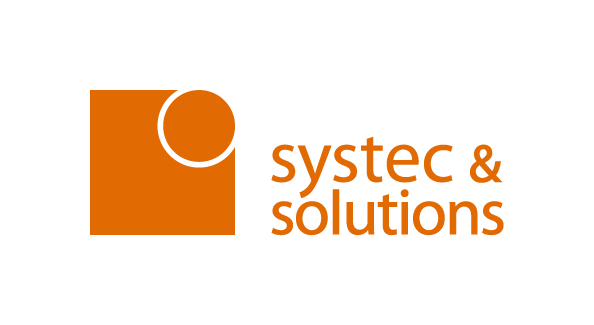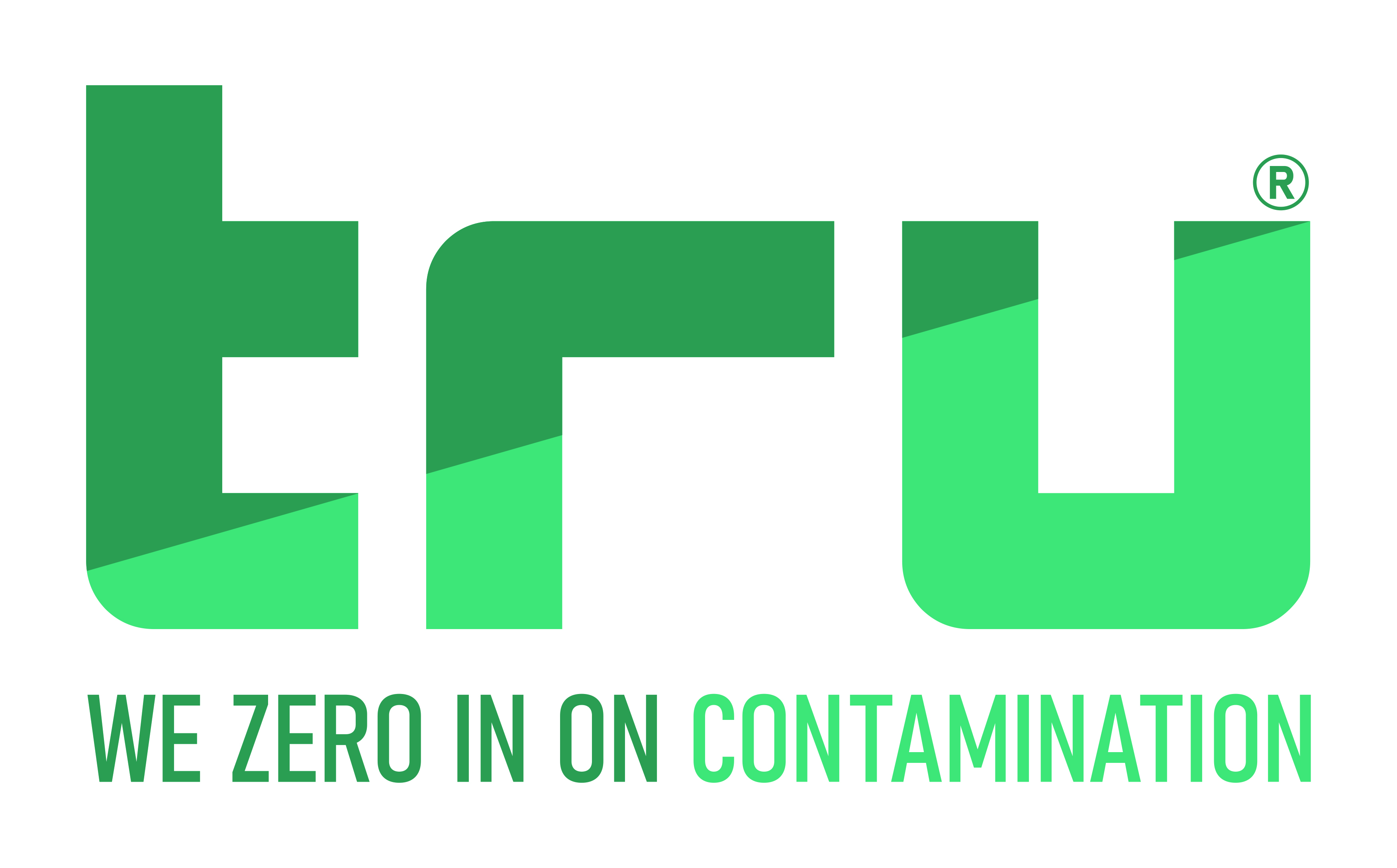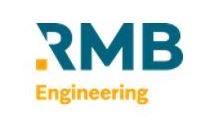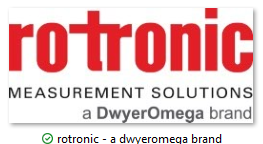Blog
Steam Sterilization: A Commentary on Air Removal and Verification
The presence of air in an autoclave sterilization cycle can adversely affect steam penetration and contact with materials being sterilized. It is important to routinely perform an air removal verification test in the autoclave to demonstrate entrapped air does not impede the steam sterilization process. These tests challenge the autoclave prevacuum cycle performance for sufficient air removal, as well as indicate leaks in the chamber and/or associated piping. It is best practice to perform daily air removal verification testing following the sterilizer manufacturer’s guidelines.
Saturated steam condensing onto a surface is essential to killing microorganisms that may be present on the material surface. In prevacuum style autoclaves, air in the chamber is replaced with saturated steam through a series of alternating vacuum and steam injection pulses. It is not only important to remove air prior to steam sterilization (prevacuum), but also to ensure air is not being drawn into the autoclave during the prevacuum process.
An air removal test pack is placed at the bottom of the autoclave, close to the drain, as this location is where air is most likely to become entrained in the chamber. The test results can be affected by the number of prevacuum pulses, the prevacuum depth and the steam injection pressure. Other cycle parameters that might affect the test include purge times and hold times at various vacuum and/or pressure setpoints. It is important that the same prevacuum parameters are used for the air removal verification cycle and the production autoclave cycle, as this is the only way the test accurately measures performance of the autoclave air removal cycle.
The pharmaceutical and biotech industry is required to meet regulatory guidelines regarding the use of air removal tests in prevacuum autoclave sterilizers. The International Organization for Standardization (ISO) along with the Association for the Advancement of Medical Instrumentation (AAMI), British Standards (BS) and European Standards (EN) and the American National Standards Institute (ANSI) all provide guidance regarding the use of air removal tests.
Current Good Manufacturing Practices (cGMPs) require both demonstration and documentation that the sterilization process is effective, controlled and reproducible. Use of air removal tests helps meet cGMPs by demonstrating the effectiveness of prevacuum cycles in steam sterilizers. The chemical indicator sheet taken from the air removal tests provides evidence for documentation purposes.
Inadequate air removal from an autoclave has direct impact on autoclave performance, and consequently product quality. Failure to conduct air removal testing on a suitably frequent basis may lead to a lengthy Quality Assurance investigation involving numerous product lots. Depending on investigation results, the worst-case scenario is non-sterile product and possible product recall. Equipment remediation requires downtime and lost production, which impacts overall business. Non-compliance with regulatory expectations and cGMPs may result in citations and other negative repercussions.
In routine production, the probability of not adequately removing air from the autoclave chamber may be low. However, the impact of not detecting inadequate air removal is quite severe, as this has direct impact on sterility assurance of the materials. Use of a daily air removal verification test complies with autoclave manufacturer recommendation and is the simplest, least disruptive and most robust form of detection.
Webinar:
A one-hour webinar, “Steam Sterilization: The Importance of Air Removal Verification”, presented by the author further explores these ideas and concepts. Specific requirements from the pharmaceutical regulatory agencies are explored and recommendations on how to meet these requirements are given. Most importantly, the webinar outlines a risk mitigation strategy.
Frequency of performing the air removal test is determined by evaluating the quality, regulatory and business risk. The impact of a failed test must be taken into consideration in establishing test frequency, as the sterility of all materials processed from the last passing test up until the point of the failed test is called into question. The compliance and business risk is evaluated and a mitigation plan is discussed.
ISPE Great Lakes Chapter invites you to attend this one-hour webinar, “Steam Sterilization: The Importance of Air Removal Verification”, On March 28th at 12:00 pm EST.
Es freut uns, wenn Sie diesen Blogbeitrag kommentieren. Kommentar erfassen 169 Gefällt mir 2931







































































































































